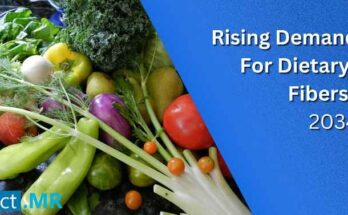
Titanium Market Dynamics Demystified: An In-depth Analytical Overview for Savvy Investors
Titanium Market Overview and Dynamics Titanium, renowned for its remarkable strength and resistance to corrosion, occupies a pivotal role in the aerospace industry. Its utilization in crafting various components of …
Titanium Market Dynamics Demystified: An In-depth Analytical Overview for Savvy Investors Read More








